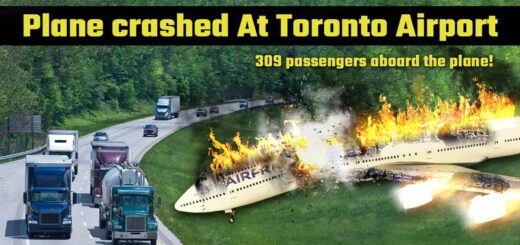Emirates Airlines Flight 521 | Boeing 777 Crash in Dubai | Air-crash Case Study
by user · December 19, 2022
INTRODUCTION OF EMIRATES AIRLINES
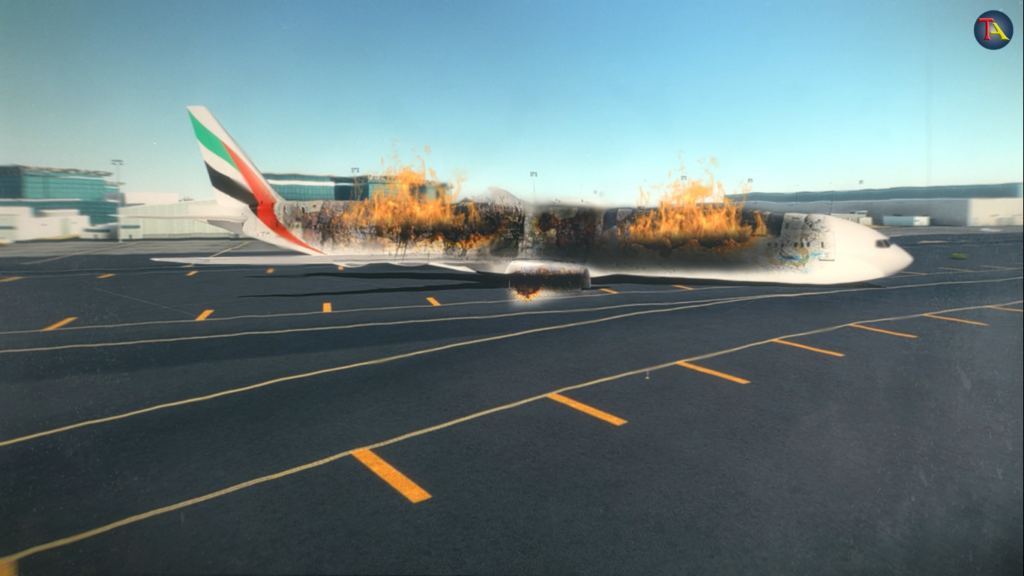
Dubai Airport, in front of which the brightness of big cities fades away. Sparkling lights, big showrooms and international restaurants all around. Just imagine that at the same airport while enjoying your coffee, you are awaiting your next file. Then suddenly you see a huge Emirates Boeing 777 plane sliding on the runway with sparks and fire all around. Slowly, the plane collides with a corner of the runway and stops and starts burning in huge black smoke. Vehicles of fire-fighters run towards the plane from all sides.
Such a horrific scene that anyone’s heart comes to mouth. While imagination, it looks like a creepy scene from an action movie. But on August 3, 2016, this terrible accident really happened at Dubai Airport. This was the first time in the history of Emirates Airline that the entire plane was burnt to ashes. What happened to the passengers sitting on this plane? Did anyone survive in this horrifying accident? Let us know the answers to all these questions
Case Study Of Amirates Airlines Flight
3 August 2016 , Trivandrum International Airport of India . Emirates Airlines flight number 521 was preparing to fly from Trivandrum to Dubai. Nearly 13 years old, this Boeing 777-300 series plane was received into Emirates Airlines on 28 March 2003.
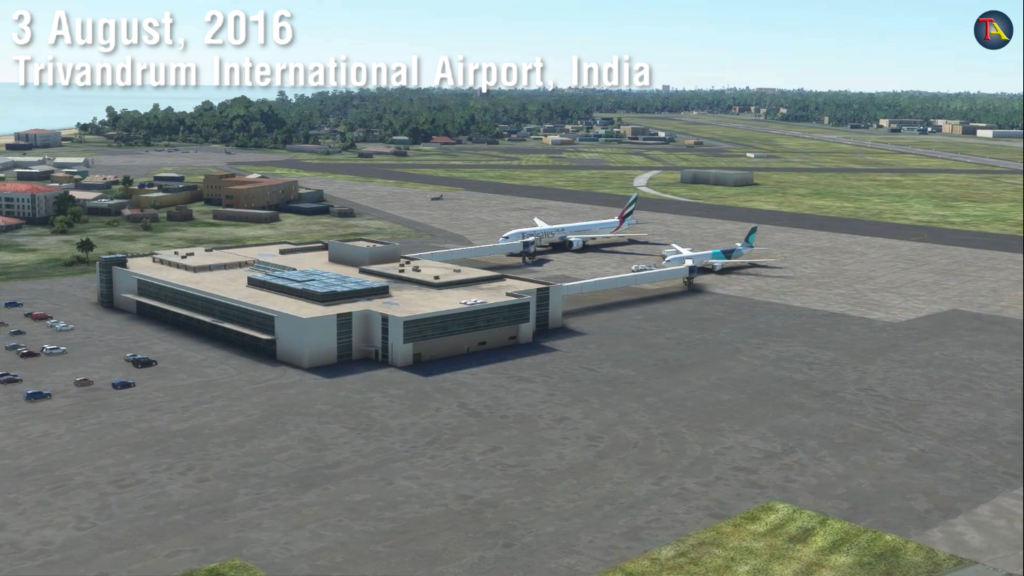
Before this flight, this plane had already completed more than 13000 hours of safe flights. Along with 18 crew members, there were 282 passengers on board that day. The captain leading the flight that day was a 34-year-old UAE national, whose identity has not been disclosed due to some unknown reasons. The captain had joined Emirates airline in 2001, and had 7,457 hours of flying experience 37-year-old co-pilot Jeremy Webb was accompanying the captain on the flight that day.
Australian citizen co-pilot Jeremy Webb joined Emirates airline in 2014, and also has 7,957 hours of skilled flying experience. After all the passengers and cabin crew have boarded the plane, the captain instructs the ground staff to push back. Following the taxiway, the plane reaches the runway at about 10:30 am. Due to some reasons the flight was running late by 29 minutes from its scheduled time that day. After getting permission from ATC tower, the flight takes off from Trivandrum airport at around 10.34 am.
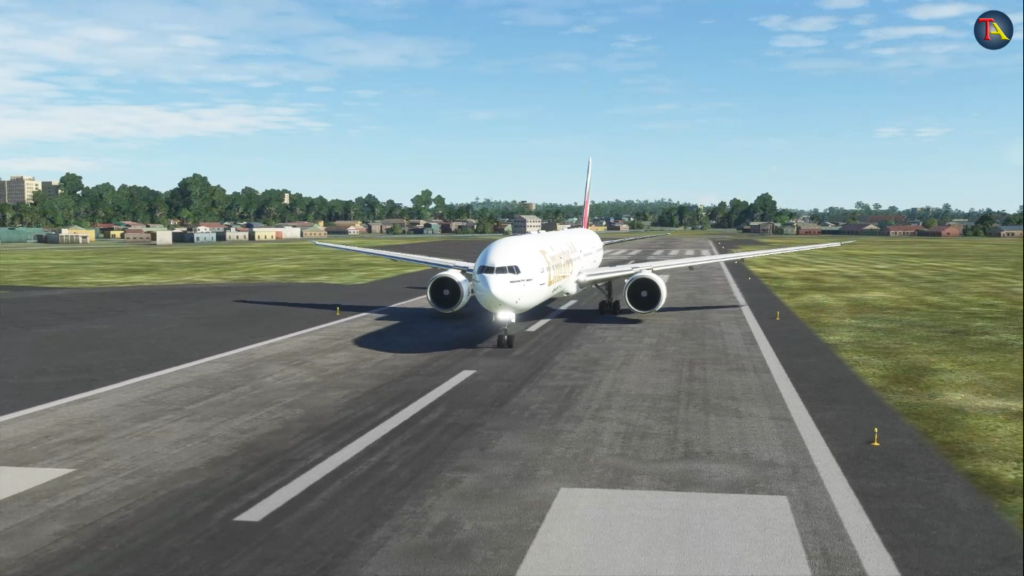
Shortly following its scheduled flight path and direction, the plane reaches a height of about 33000 feet and the cabin crew starts serving refreshments and drinks in flight. Everything was going absolutely normally. Along with drinks and food, the passengers were enjoying other entertainment services on the flight. When the plane enters Dubai airspace at around 12 noon, according to the normal process, the pilots receive the ATIS message.
Through the ATIS message given from the ATC tower, the pilots are informed about the weather and wind direction at the airport. Using this information, the pilot determines the landing speed and flap position of the plane so that the plane can be landed safely. Emirates Airlines flight was now slowly moving towards the Dubai’s airport. Following the normal landing procedure, the pilot lowers the landing gear of the plane. Based on the information of the ATIS message, the pilots decide to land the plane at the setting of flap 30 and fix the speed of the plane at 152 knots.
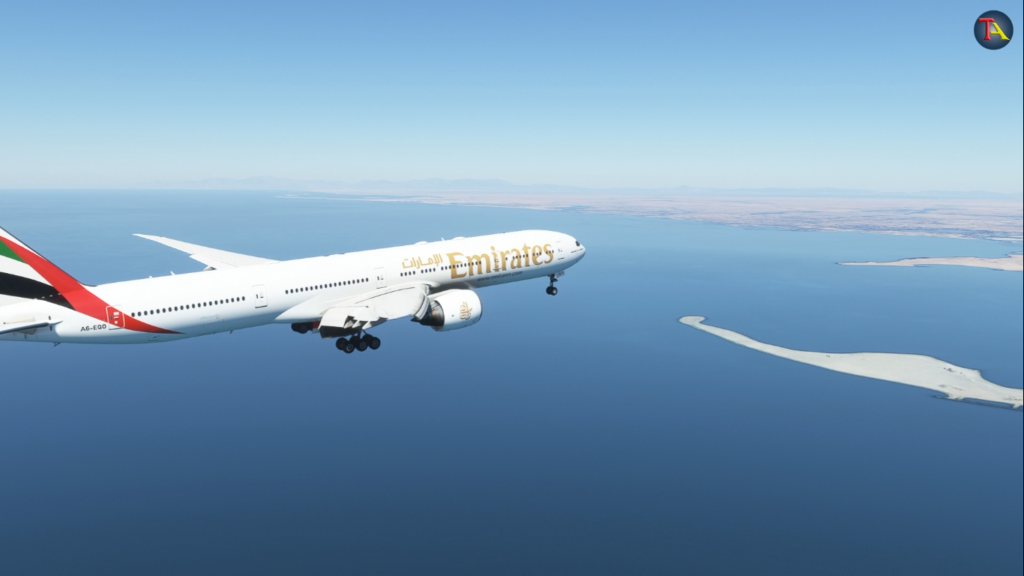
The ATC controller instructs the pilots of the Emirates Airlines flight to land on runway 12L by following the Area Navigation Approach. Moving towards the runway at a speed of 152 knots, when the pilot brings the plane to a height of 1100 feet, suddenly the wind direction changes at the airport. At the speed of 8 knots, the wind which was coming from the front of the plane now changes its direction and starts running behind the plane. At the time of landing of any plane, accurate information about the direction of the wind is very important.
Because the direction of the wind at the airport has a great effect on the landing speed of the plane. If the pilots are not able to predict the wind direction correctly at the time of landing, then it becomes very difficult to decide the plane’s landing speed and stop the plane safely within the runway boundary. And in such a condition the plane can also crash on the runway. Now the Emirates Airlines flight is just moments away from the runway and the pilots set the plane’s Auto throttle system to speed mode.
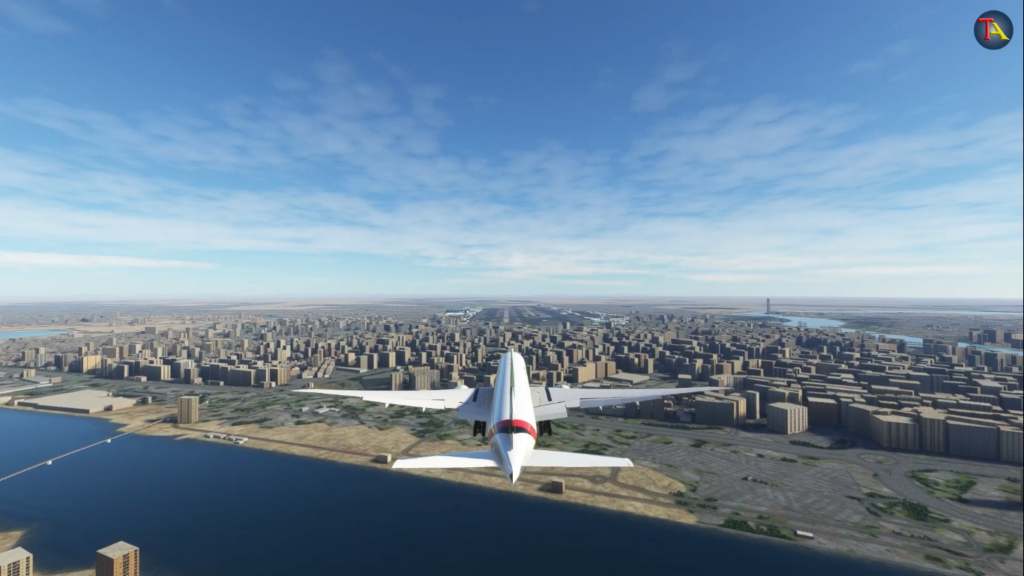
The plane moving rapidly towards the runway is now only at a height of 700 feet, suddenly when the wind speed behind the plane increases to 16 knots, due to which the speed of the plane also increases. Seeing the speed of the plane increasing, the captain switches off the autopilot mode and takes manual control of the plane. About 5 seconds before landing on the runway, suddenly the wind direction changes again and instead of behind the plane, it starts moving in front of the plane.
It is very difficult to change the speed of the plane in these very close moments of the landing. Staggering just above the runway, the plane was still flying at a speed of 160 knots and just 1100 meters before the end of runway, the right landing gear of the plane touched the runway. And after 3 seconds the left landing gear touches the runway. The front landing gear of the plane was still in the air, and then suddenly the Runway Awareness Advisory System of the plane starts showing warning messages about the end of the runway.
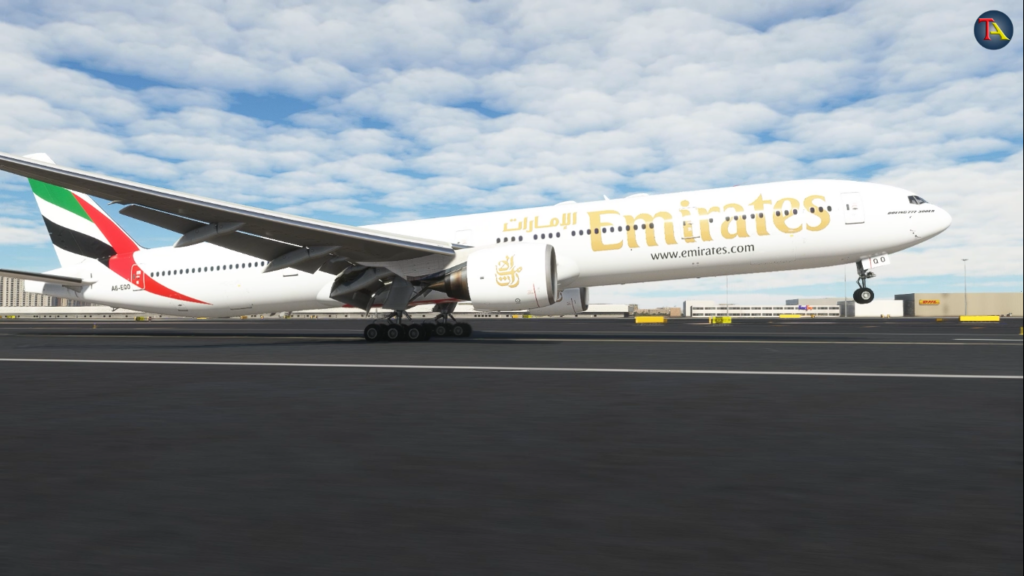
Seeing the runway end, the captain immediately decides to get the plane back in the air. The captain sets the flap position to 20 and turns the knob upwards to retract the landing gear of the plane. After this, the captain informs the ATC tower about their decision to go around. The ATC controller instructs the captain to complete the go-around by taking the plane to 4000 feet and trying to land the plane again. Running at high speed on the runway, the plane starts rising in the air.
The plane running at a speed of 134 knots now starts flying at a height of about 85 feet from the runway. By now the landing gear of the plane had also partially retracted. Then suddenly the plane starts coming down again. Seeing the plane coming down, the captain shouts and asks the co-pilot to check the speed. The warning message of the crash landing starts playing very fast in the plane’s cockpit. Despite the best efforts of the pilots, the plane falls on the runway and starts sliding on the concrete surface.
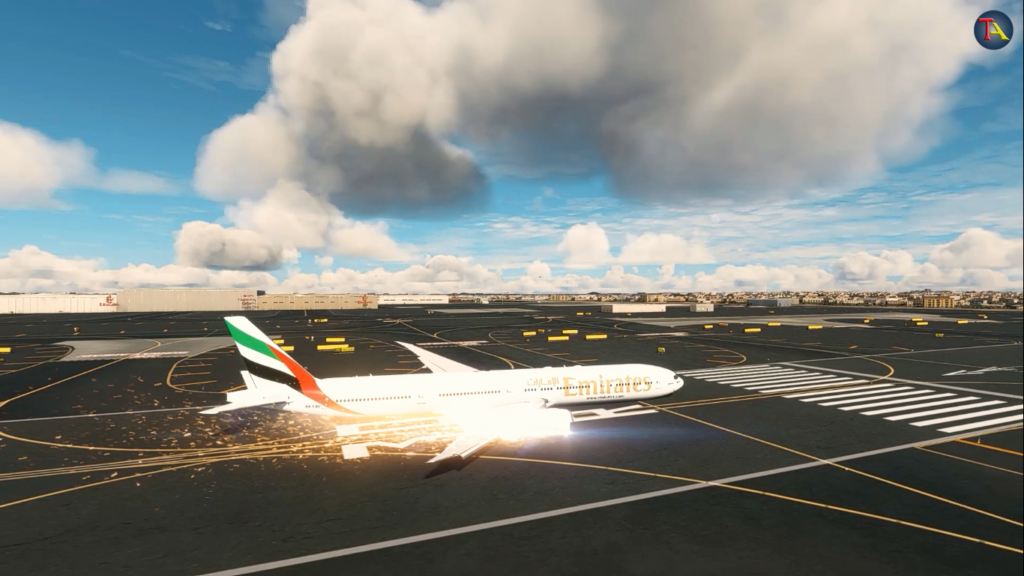
Due to hitting the runway at such a high speed, the right engine of the plane breaks apart whereas the left engine catches fire with an explosion. After sliding on the runway, the stops near the boundary wall of the airport, but by then the fire in the engine starts spreading rapidly. In a hurry, the vehicles of the airport fire brigade rush towards the plane and start trying to extinguish the fire by spraying a foam mixture. All the passengers and crew members are taken out of the plane safely within about 1 minute of the arrival of fire brigade vehicles.
After this, at last, both the pilots come out of the slide on the front door of the burning plane. In this accident, all the passengers and crew members are saved, but a fire fighter is martyred while bravely trying to extinguish the fire. After the incident, Dubai Airport is closed for about 5 hours and all flights coming to Dubai are diverted to Abu Dhabi International Airport. This was the worst accident in the 30-year history of Emirates Airline and soon after that the General Civil Aviation Authority started its investigation.
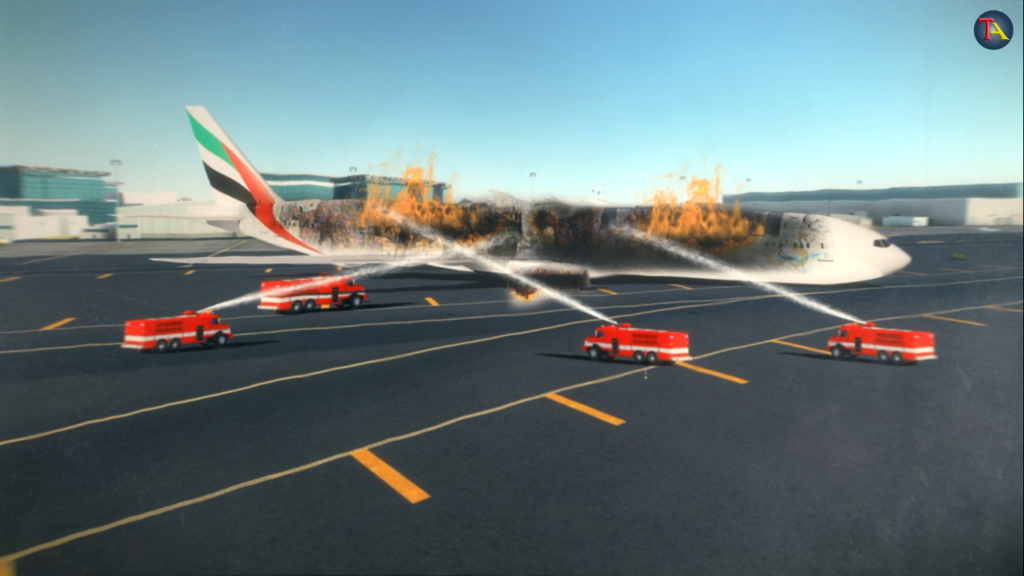
The Boeing plane involved in the accident was a US company, so NTSB also sent a team of 5 people to Dubai to investigate the accident. In September 2016, a preliminary report of the accident was released, which stated that the pilots decided to take the plane back into the air after the plane’s landing gear touched the runway. After going in the air, the landing gear of the plane was not even fully closed, and then the plane fell again on the runway.
In the initial report, no one was considered guilty of this accident. The final report of this accident was released on 6 February 2020, in which it was mentioned that the pilots were trying to go around the runway, without knowing the exact situation of the flight instruments & wind direction. Due to this, the plane made a belly landing on the runway and caught the fire.


